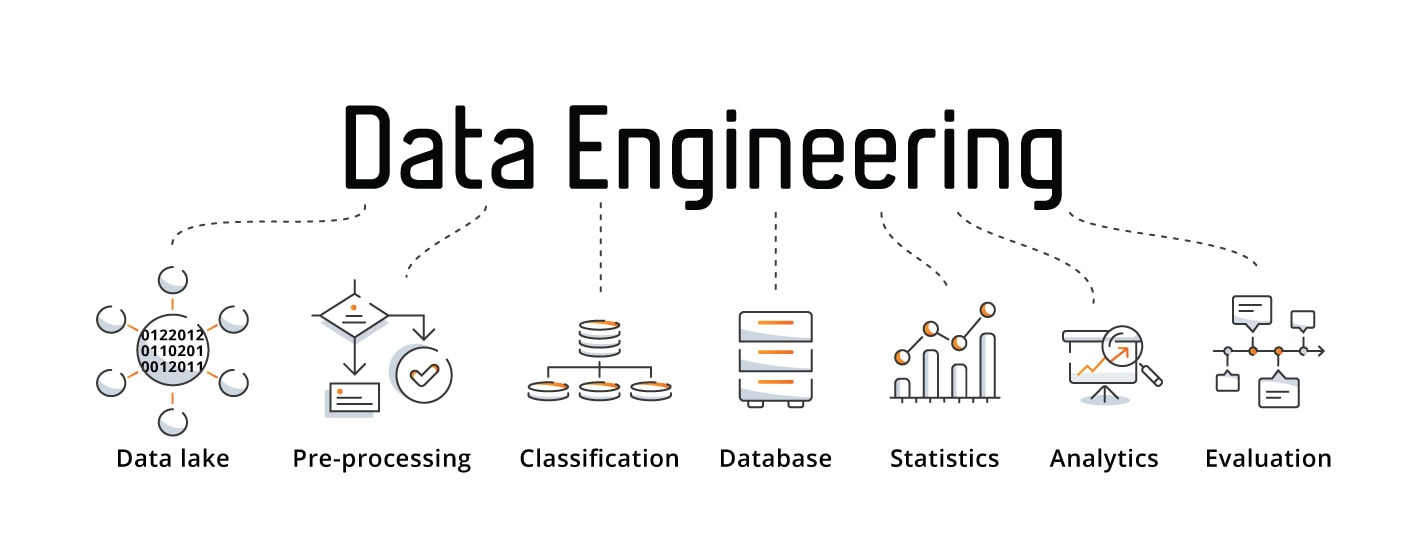
Content Credits: Fundamentals of Data Engineering Reis J
Things to consider when a new source system is intoroduced in data pipeline:
- What are the essential characteristics of the data source? Is it an application? A swarm of IoT devices?
- How is data persisted in the source system? Is data persisted long term, or is it temporary and quickly deleted?
- At what rate is data generated? How many events per second? How many gigabytes per hour?
- What level of consistency can data engineers expect from the output data? If you’re running data-quality checks against the output data, how often do data inconsistencies occur—nulls where they aren’t expected, lousy formatting, etc.?
- How often do errors occur?
- Will the data contain duplicates?
- Will some data values arrive late, possibly much later than other messages produced simultaneously?
- What is the schema of the ingested data? Will data engineers need to join across several tables or even several systems to get a complete picture of the data?
- If schema changes (say, a new column is added), how is this dealt with and communicated to downstream stakeholders?
- How frequently should data be pulled from the source system?
- For stateful systems (e.g., a database tracking customer account information), is data provided as periodic snapshots or update events from change data capture (CDC)? What’s the logic for how changes are performed, and how are these tracked in the source database?
- Who/what is the data provider that will transmit the data for downstream consumption?
- Will reading from a data source impact its performance?
- Does the source system have upstream data dependencies? What are the characteristics of these upstream systems?
- Are data-quality checks in place to check for late or missing data?